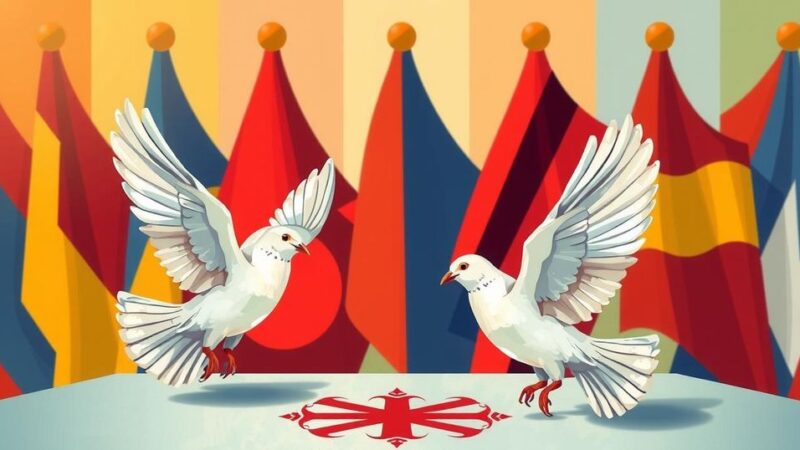A UN report has highlighted severe human rights violations by police and security forces in Bangladesh during the 2024 uprising, leading to over 1,400 deaths primarily from extrajudicial killings. It condemned the disproportionate use of firearms against protesters and documented specific incidents of police violence. The report urges adherence to international laws governing the use of force during protests.
A recent UN report has critically analyzed the role of police and other security forces during the 2024 uprising in Bangladesh. The report highlights incidents of excessive force leading to widespread extrajudicial killings, attributing over 1,400 casualties during the protests primarily to security forces’ actions. The UN’s Office of the High Commissioner for Human Rights (OHCHR) has observed reasonable grounds to believe that police and paramilitary forces engaged in systematic violence against protesters, breaching international human rights laws.
The report, titled “Use of Force Violations by Police, RAB, and BGB, Including Extrajudicial Killings,” elaborates on the expected conduct of law enforcement according to international standards. During confrontations from July 15 to August 5, 2024, the police and paramilitary forces notably disregarded legal protocols concerning the right to life and personal security. While some protests did turn violent, the overall use of force by security personnel was criticized as disproportionate and unjustified.
The document specifically condemns the indiscriminate use of firearms against protesters, stating that any force employed in dispersing crowds must strictly adhere to necessary and proportionate measures. Furthermore, security forces are described as having acted with excessive aggression by utilizing military rifles and shotguns loaded with lethal pellets, indiscriminately targeting mixed groups of peaceful protesters and violent actors alike.
The report also documents specific instances of direct police involvement in killings, such as the case of Abu Sayeed, who was shot at close range by police. According to various accounts and video evidence, there are reasonable grounds for the OHCHR to assert police responsibility for Sayeed’s death amidst protests on July 16.
Former officials advised the OHCHR that law enforcement perceptions distinguished between lethal and less-lethal weaponry, enabling the frequent use of shotguns loaded with metal pellets to quell protests, even against non-threatening crowds. The OHCHR noted that while some instances saw a gradual escalation of force, many situations immediately escalated to lethal response without preceding warning shots or non-lethal tactics.
Testimonies collected by the OHCHR highlight a campaign of violent operations carried out to clear protests, particularly along the Dhaka-Chattogram highway. These operations reportedly had direct oversight from high-ranking political and security figures. The OHCHR is also investigating claims concerning BGB involvement in killings outside Dhaka, with approximately 400 deaths reported during the peak protest period on August 5.
The UN report on the Bangladesh uprising critically evaluates the police and security forces’ excessive use of lethal force, leading to widespread extrajudicial killings and numerous casualties. The OHCHR underscores the failure of law enforcement to adhere to international human rights standards, emphasizing stark disparities between lawful conduct and actual practices in crowd control. The document implores further investigation into the actions of Bangladeshi authorities during civil unrest.
Original Source: www.bssnews.net





